Orchestrate your talent lifecycle with applied AI
One platform to attract, screen, onboard, develop and retain talent. Use AI to filter candidates, run gamified onboarding, deliver ongoing upskilling and reskilling, assess performance and transfer knowledge in a simple, measurable way.
✓ Used by organizations to support the talent lifecycle of 8,000+ people
*Estimates based on client implementations and ADA methodology results.
Your talent lifecycle is fragmented and full of friction
People teams use multiple disconnected tools: one for recruiting, another for learning, another for performance. The result: slow processes, limited visibility and no clear view of career paths inside the organization.
Slow and imprecise hiring
Reviewing résumés one by one is time-consuming and many strong candidates are lost. There is no easy way to validate real skills or prioritize who best fits the role.
Ad-hoc onboarding
Each team runs its own version of onboarding with no unified experience. New hires take weeks to understand processes, tools and role expectations.
Upskilling with no focus or data
Time is invested in courses and workshops, but it’s hard to connect learning hours with performance, business outcomes or concrete career moves.
Knowledge walks out the door
When someone leaves, critical know-how leaves with them. There is no clear system to capture, structure and transfer that knowledge to other teams.
An AI-orchestrated talent lifecycle from end to end
ADA School combines AI, applied learning and gamification to connect every stage of the talent lifecycle: from attraction and selection to career growth and knowledge transfer.
AI-powered hiring and screening
Prioritize the people who can actually do the job
The platform analyzes résumés, technical assessments and practical challenges to help you identify candidates with the highest likelihood of success. Less time reading CVs, more time interviewing the right people.
Gamified onboarding with metrics
A clear, guided first 90 days
Design onboarding journeys with missions, checklists, key content and milestones. Progress is tracked with completion, engagement and mastery indicators for critical processes.
Personalized upskilling and reskilling
Living career paths, not static PDFs
AI recommends micro-credentials and learning routes based on role, current skills and personal goals. Plans automatically adjust to results, pace and evolving business priorities.
Evidence-based performance assessment
Data to support talent decisions
Connect learning achievements, projects, lab results and assessments with performance indicators. Build feedback conversations grounded in real data, not just perceptions.
Effective knowledge transfer
Turn expertise into learning assets
Capture critical processes as micro-courses, learning paths and interactive playbooks. Anyone can learn the essentials of a domain faster, with examples, challenges and guided practice.
Integration with your talent ecosystem
Connect HRIS, ATS and LMS
Integrate ADA with your existing HR, recruiting and learning systems. Avoid duplicated effort and build a unified view of talent across the organization.
What a talent lifecycle with ADA looks like
Four stages connecting hiring, onboarding, development and career growth
1. Attract and select
Define roles with clear skills, leverage AI filters and practical challenges to prioritize candidates who best match the role.
2. Onboard with purpose
Activate onboarding journeys with missions, critical content, mentors and progress metrics from day one.
3. Build critical skills
Deploy micro-credentials for upskilling and reskilling in technology, operations, leadership and digital skills directly applied to work.
4. Grow careers and retain talent
Connect learning evidence with performance and growth opportunities. Make internal career paths visible and actionable.
"A continuous talent cycle: hire, learn, apply, grow"
The philosophy behind every ADA experience for people and talent teams.
Career pathways and micro-credentials aligned with your business
Each micro-credential represents a mission-critical skill for your organization and is mapped to roles and seniority levels. People don’t just “take courses”; they move along a clear career path.
From loose skills to career paths
Structure pathways for roles such as Developer, Data Analyst, Operations Specialist, Team Lead and more. Each path is built from short micro-credentials that combine theory, practice and real projects.
- ✓ Aligned with labor frameworks (SFIA, O*NET)
- ✓ 4–8 modules per micro-credential
- ✓ Practical labs and real business cases
- ✓ Automated assessments and AI feedback
- ✓ Capstone project linked to the role
- ✓ Digital badge that counts toward the career path
Example: Data Analyst Pathway
Build a path from data fundamentals to advanced analytics applied to your business, with projects using your own KPIs and data sources.
Micro-credentials: Data fundamentals, applied SQL, dashboards, AI for analytics
Labs: Guided challenges with real or simulated business data
Project: Dashboard and analysis of a critical business process
Technologies: Python, SQL, BI tools, AI models
Badges: Credentials for each stage and a full role-level pathway
Gamification across the full talent lifecycle
From onboarding to career development, gamification keeps people connected to their learning and performance goals.
Badges and achievements for every stage
Celebrate milestones: completing onboarding, leading a project, mastering a new technology. Each achievement becomes a badge that can be shared and that contributes to an internal career story.
Healthy competition across teams
Create leaderboards by cohorts, departments or projects. Use friendly competition to drive engagement without unnecessary pressure, backed by transparent, clearly defined indicators.
Visible progress and learning streaks
Progress bars, active-day streaks and smart reminders help build consistent learning habits. Everyone can see their progress over time and the goals ahead.
Confiado por empresas y líderes en educación
Organizaciones que usan la metodología ADA para contratar, formar y proyectar talento técnico y digital.
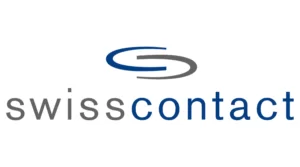
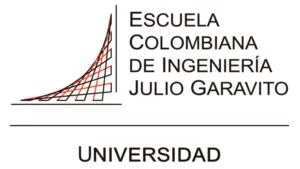


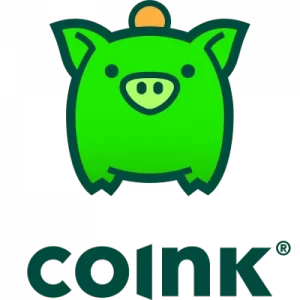
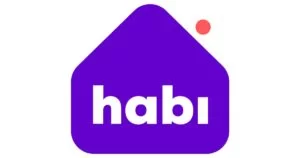
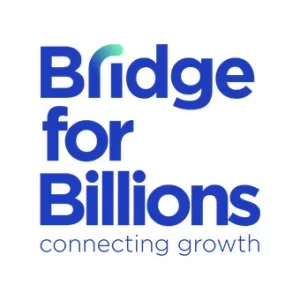
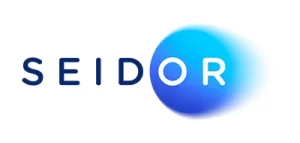

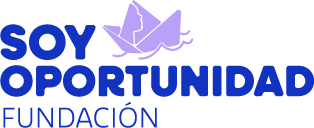
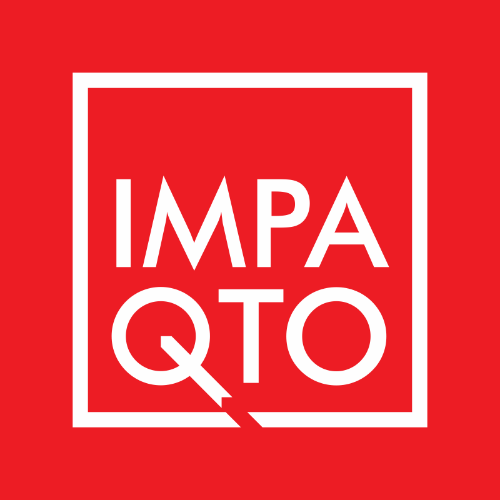
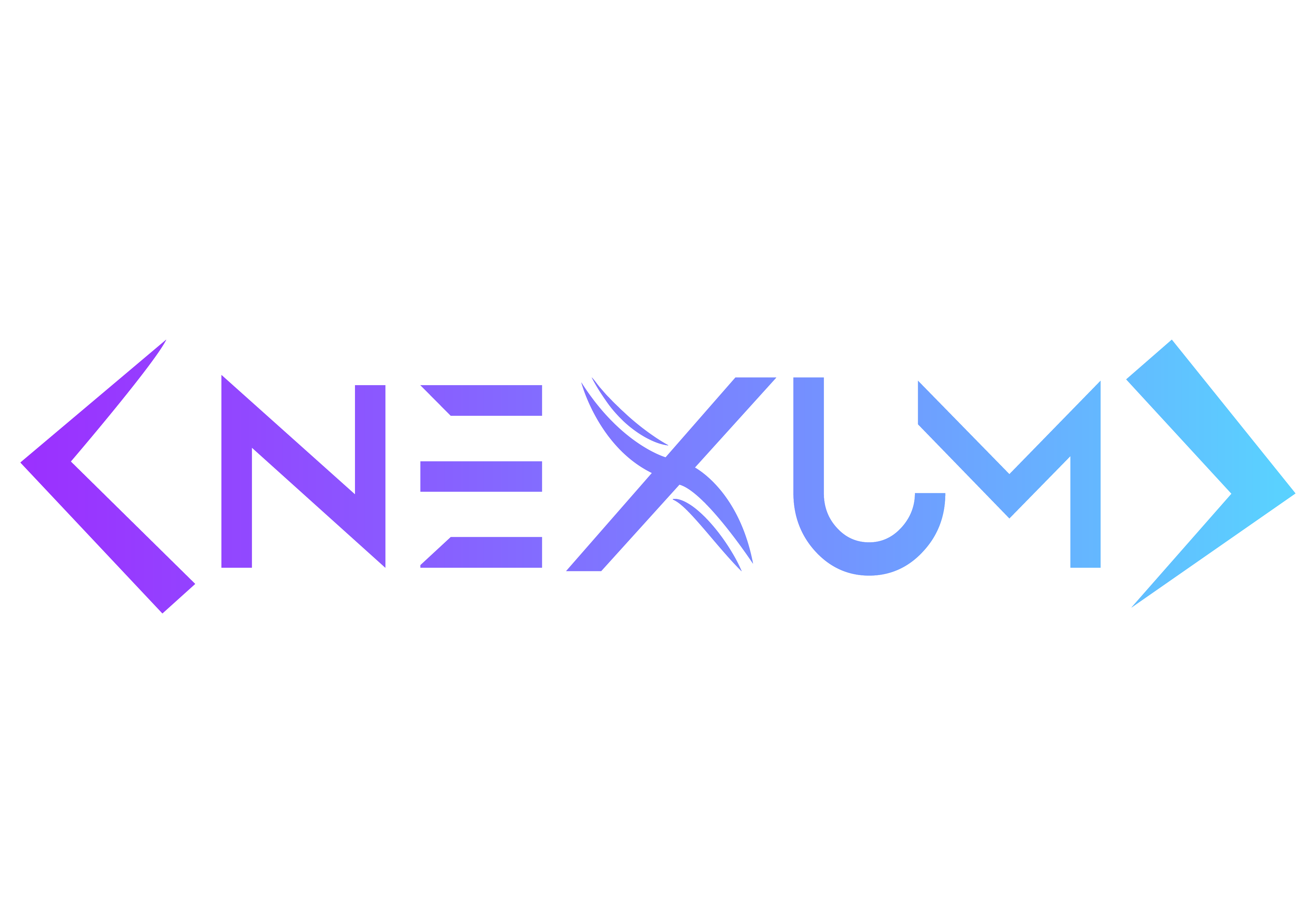
Stories of talent transformation
Academic and talent leaders who have adopted the ADA methodology to strengthen their talent lifecycle.
Claudia Santiago
Dean, Systems Engineering Faculty
Universidad Escuela Colombiana de Ingeniería Julio Garavito
Open methodology to power your talent lifecycle
The ADA methodology is available as an open resource so you can design onboarding, upskilling and career programs aligned with your organization’s needs.
Open on GitHub
Access templates, micro-credential examples, career path structures and best practices to build your own corporate academy or talent programs with AI.
View methodologyCommunity-powered
People, learning and technical leaders contribute improvements, new content and fresh career paths. You can adapt, propose and co-create the next generation of talent experiences.
Join the communityReady to align your talent lifecycle with AI?
Activate an integrated experience to hire, onboard, develop and retain talent with clear data and visible career paths.
For People, HR and Talent teams
Manage the talent lifecycle in one platform
Connect hiring, onboarding, upskilling and performance with clear indicators. Design career paths, internal academies and talent programs that respond to your business priorities.
- ✓ AI-powered candidate filters and practical challenges
- ✓ Gamified onboarding with progress metrics
- ✓ Role-based upskilling and reskilling pathways
- ✓ Performance and skills dashboards
- ✓ Dedicated Customer Success support
For universities, bootcamps and partners
Build programs aligned with the talent lifecycle
Adopt the ADA methodology to design programs that respond to what organizations actually need: job-ready talent with evidence of skills and clear career pathways.
- ✓ Curriculum framework and micro-credential templates
- ✓ Ready-to-adapt career path structures
- ✓ Automated assessment tooling
- ✓ Digital badges and credentialing systems
- ✓ Support on applied instructional design